Wall cladding is the process of laying a material on top of another material that will form a skin layer on the walls, their function to protect the underlying structure and provide an aesthetic purpose. Metal cladding is usually in the form of galvanized steel or aluminum.
In construction, it is used to improve thermal insulation, weather resistance and appearance of buildings.
Here we will learn about wall cladding, types of wall claddings, advantages & disadvantages of wall cladding.
Introduction to wall cladding:
The term cladding is widely used in Europe and Australia, these exterior finishing materials are commonly referred as siding in North America.
It is used to enhance the architectural style of the building while providing protection from rain, wind, snow and other outdoor components.
Building cladding may also add insulation to a structure whereas decreases sound transmission by walls.
Difference between interior and exterior wall claddings:
Interior wall claddings:
Interior cladding are wallpapers and paints for livening up the walls of your internal rooms.
When it comes to the interiors of your house, it is a reflection of your sensitivity and personality.
Exterior Wall Claddings:
Exterior cladding basically includes applying a material over the original material to provide additional layer for protection against the weather conditions.
Types of Wall Cladding:
1.Stone Cladding:
Stone is an eco-friendly material used in interiors for wall covering, there are many options like granite, slate, marble, sandstone, limestone, Kota, etc.
The stone provides a feeling of warmth in the building.
Its durability depends on the thickness of the stone, as the thickness is greater than the durability is greater of the stone.
2.Wooden Cladding:
The wooden cladding comes on a horizontal board, shingle or panel.
It is a popular choice for many home owners as the real wood look on the homes is rustic, warm and attractive.
It is a good natural insulator and environmentally friendly cladding.
3.Brick Wall Cladding:
Brick cladding reduces the interiors and exteriors of the building with a very rustic feel.
It is a porous material that absorbs the water in the rain.
Special attention needed to sealing the joints to prevent rainwater from entering the interiors.
4.Fibre Cement Cladding:
This particular type of cladding is made by compressing sand, cement and cellular fibres into sheets.
Although it looks like wood, it is lighter and easier to use than wood, also requires less maintenance.
5.Vinyl Wall Cladding:
In western countries, vinyl cladding is more popular for closing the exterior of a building.
It is the cheapest type of cladding and relatively inexpensive to install.
It is durable, effective in insulation and resistant to scratches.
6.Metal Cladding:
Metal cladding can give your home a sleek, modern look and it comes in a range of colours to suit your home.
Steel and aluminium are popular metal options for metal cladding systems.
Metal cladding system are strong, durable, lightweight and long-lasting.
7.Mosaic Cladding:
These are small tiles mounted on the surface of the wall for aesthetic appeal and it has no insulation property.
They are available in various colors.
Ceramic Cladding:
Ceramic cladding resists changes in temperature and atmospheric attack from pollution, acid rain, and smog, it is an adhesive fixed to buildings.
They are available in various colors and styles.
Advantages of wall cladding:
- Wall claddings increases the mechanical strength of a structure.
- This improves the resistance to cracking while increasing the temperature.
- It reduces water absorption.
- Also, increases resistance to sunlight.
- It provides resistance to air and chemical pollution.
Disadvantages of wall cladding:
- The cladding has poor tensile strength.
- Some stones decay.
- Skilled work is required.
- Maintenance costs are high.
- Sedimentary stones are made in layers rather than under pressure and they can be separated if loaded vertically.
Also read: Glass Cladding, Scaffolding & Curtain Wall
Conclusion:
Wall cladding or cladding is installed just for a decorative purpose as it adds more creativity to your home or building, it can be applied both internally and externally.

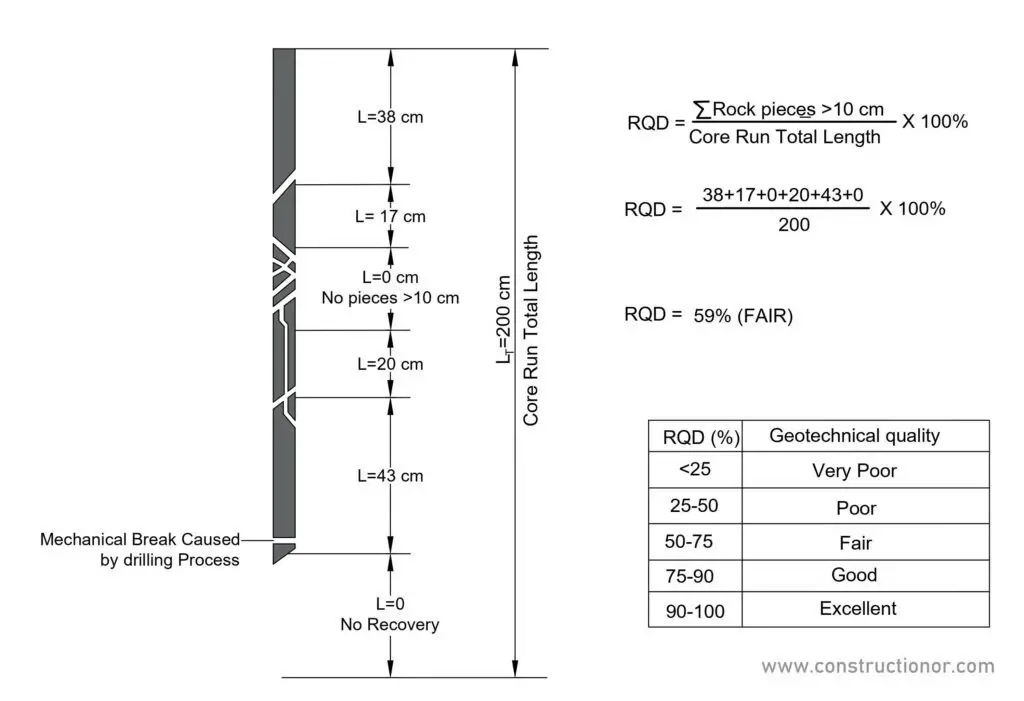



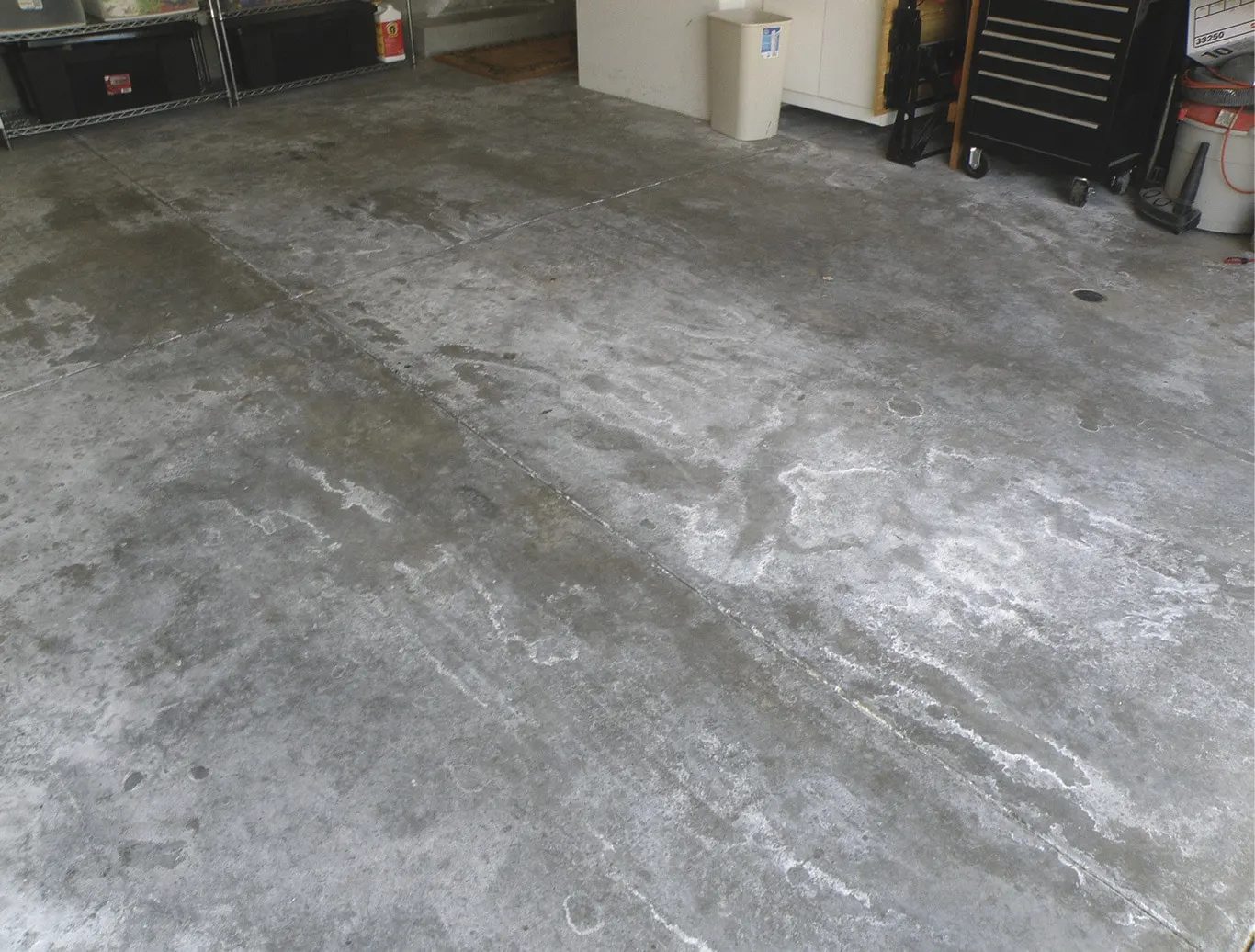
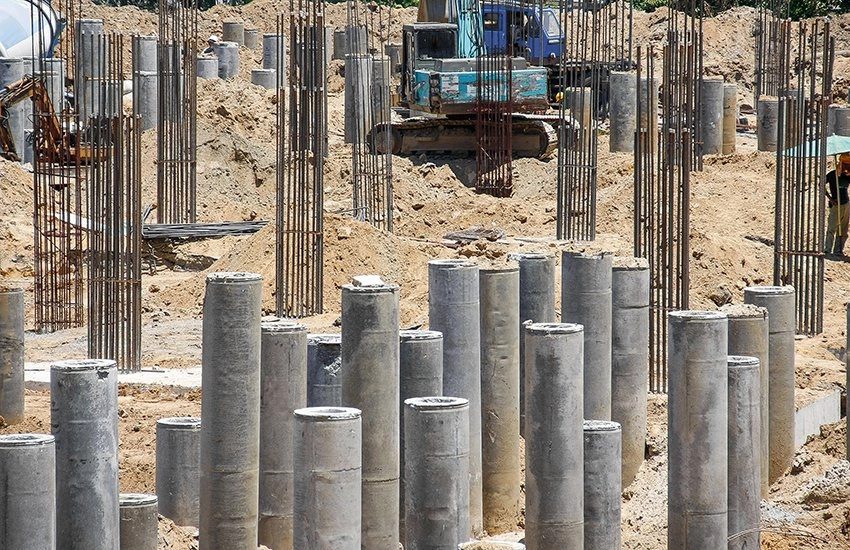

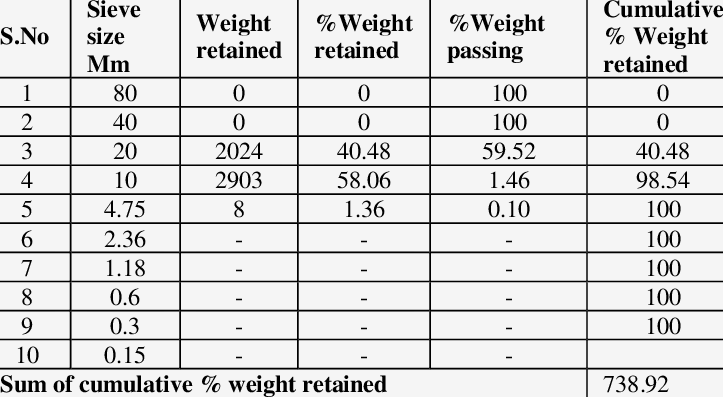
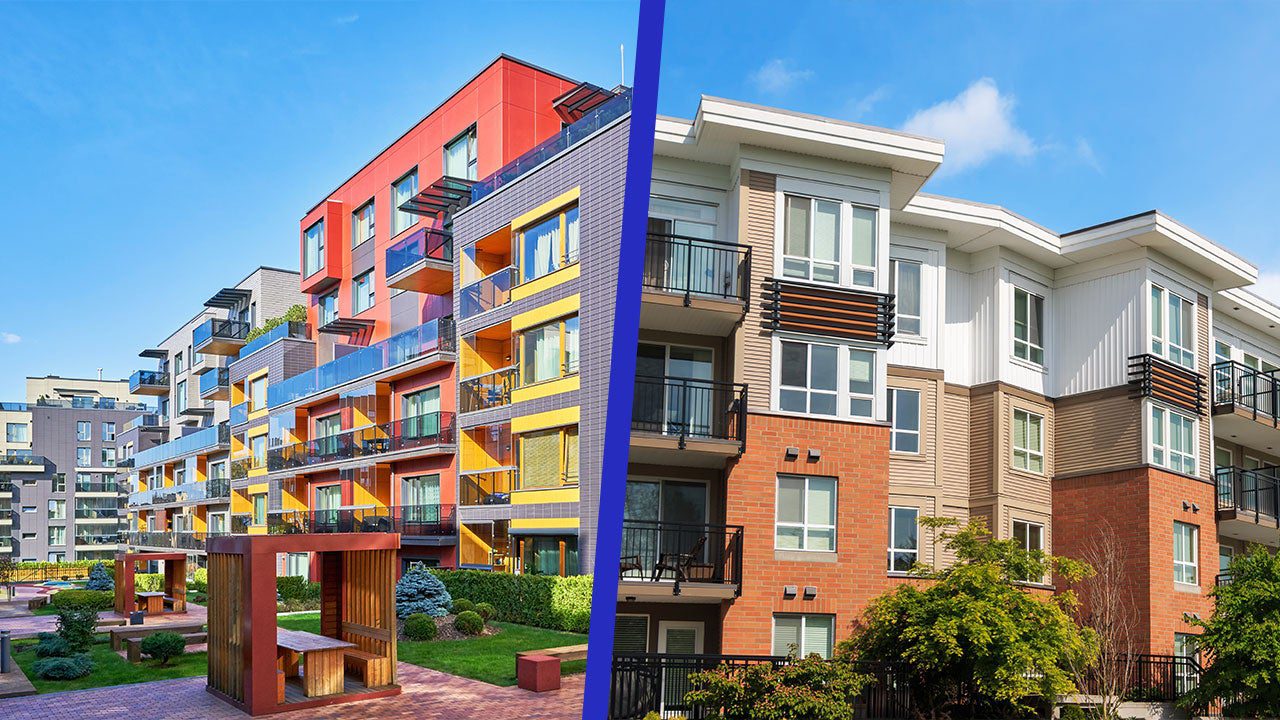
Very well explained
This article is great. Thank you for sharing this with us.
Awesome! I love this. Thank you for sharing.
I loved the way you write your article. Thanks for sharing it.
How interesting that you mention what wall cladding is and how the process is done. I’m building a new home this fall. I will find a great house cladding service in my area as well.
Good and detailed article. I’m very happy to read this article!
Am happy
Thank you for helping me to learn.
Thanks for explaining how vinyl cladding is both durable and affordable. My husband wants to have cladding installed on our house to extend its lifespan. I will have to suggest that we look into getting vinyl cladding so we can save money.
Hey, it is a nice article on the types of WPC Cladding. Got an idea on what type of cladding to be used for my house. Thank you for the useful tips shared here. Keep u the good Work!